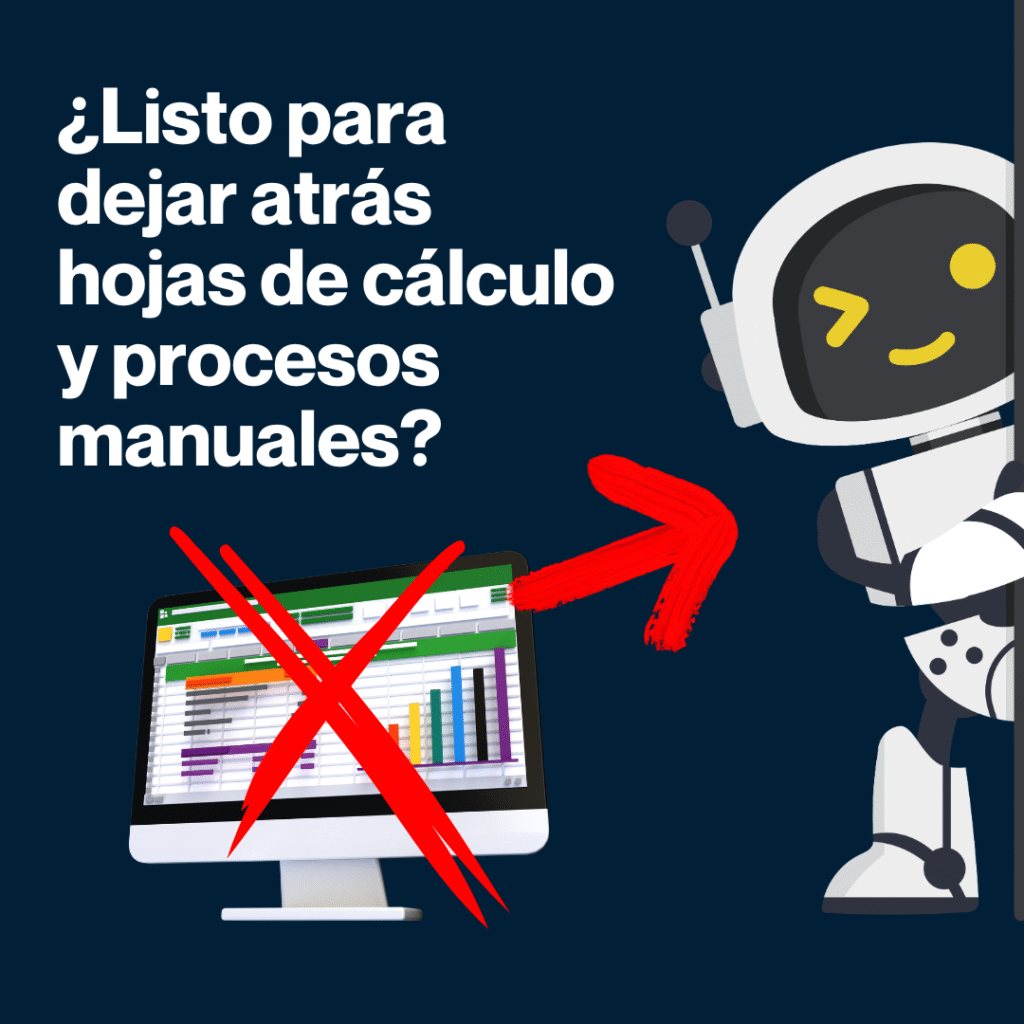The automation with ERP is not a luxury or a remote goal: it is the starting point for micro, small and medium-sized service companies to operate efficiently, reduce errors and pave the way for advanced tools (such as artificial intelligence) to add even more value. Before thinking about AI, the rule of thumb is clear: first implement an ERP that centralizes your operation; then turn that database and processes into leverage for intelligent automation.
In Mexico, adopting a local and well-tailored ERP (e.g., CONTPAQi Commercial Pro) allows service companies to automate invoicing, inventory control, collections management and financial reporting-that is, to build the necessary scaffolding for any AI initiative or integration via APIs.
Why start with ERP?
The automation with ERP starts by unifying information: sales, customers, inventory, accounts receivable, purchasing and invoicing go from being on multiple sheets and isolated systems to a single reliable source. That change has immediate effects:
- Eliminates double capture and manual errors.
- It allows to issue CFDI and fiscal reports automatically.
- Provides real-time visibility for quick decision making.
- Facilitates process traceability (what did we sell, to whom and when?).
Without that foundation - without an ERP that organizes and standardizes data - any AI project will be expensive, risky, and with poor results. That is why automation with ERP should be the first technological investment of a service SME.
What ERP does (and why it matters for automation)
A modern commercial ERP integrates key modules: sales, electronic invoicing, inventory, purchasing, accounts receivable/payable and reporting. By automating these processes, tangible benefits are achieved:
- Time reduction in monthly closings and administrative processes.
- Improved cash flowfor collection control and immediate invoicing.
- Less tax penaltiesbecause the processes comply with official rules.
- Better customer servicewith faster responses and quotations.
The automation with ERP transforms repetitive activities into automatic flows. For example: a sale registered on route (mobile salesperson) updates inventory, generates CFDI and notifies the collection area without human intervention. This is real automation, and it is possible with ERPs adapted to Mexico.
Why choose a local and adaptable ERP (subtle example: CONTPAQi Commercial Pro)
For Mexican SMEs it is advisable to opt for an ERP that knows and respects local regulations (CFDI, complements, SAT requirements) and that allows integrations. CONTPAQi Commercial Pro is an example of a local ERP designed for these needs: modular, compatible with Mexican electronic invoicing and designed for service companies that require agility and compliance.
A local ERP reduces adaptation times, offers updated fiscal catalogs and facilitates integrations with Mexican support, consulting and training tools. In summary: the first stage of the automation with ERP is to implement a platform that functions as the backbone of the business.
When your ERP is ready: where does AI come in?
Once your ERP gives you clean, consistent and centralized data, the artificial intelligence can multiply the value:
- Demand forecasting in recurring services (e.g., how many customers will request maintenance in the next month).
- Intelligent segmentation for more effective campaigns.
- Advanced care automationchatbots trained with customer histories to solve common queries.
- Sentiment analysis in comments or evaluations to prioritize improvements.
- Automated recommendations for cross-selling (upselling) based on buying patterns.
Important: AI works best when you feed models with structured data from an ERP. Therefore, the automation with ERP is a prerequisite for intelligent automation with AI.
APIs: the glue between ERP and AI
To extend capabilities, ERPs integrate with external APIs: computer vision (Google Vision), text generation (OpenAI), messaging channels (WhatsApp API), payment platforms, etc. These connections make it possible to automate complex flows (e.g. extracting information from a purchase ticket photo and automatically registering it in the ERP). Again: without an ERP that centralizes and validates these records, integration becomes meaningless.
Risks and best practices
Automation with ERP brings efficiency, but also forces you to manage risks: data privacy, biases in AI models, and technology dependency. Best practices:
- Implement role-based access controls in the ERP.
- Record audits and traceability of changes.
- Supervise AI models and validate human results.
- Prioritize transparency in the use of data and consent where applicable.
Conclusion: the practical way forward for your service SME
- Implement an ERP adapted to your reality (SAT invoicing, sales and inventory modules).
- Standardizes processes and clear your data.
- Connect with APIs that solve specific needs (messaging, vision, content generation).
- Initiates AI projects based on ERP data for forecasting, advanced automation and customization.
The automation with ERP is the strategic step that turns a service SME into an agile organization ready for the opportunities that AI brings. If you are looking for a local and concrete tool to get started, consider ERPs designed for Mexico such as CONTPAQi Commercial Pro: first the foundation, then the intelligence.











